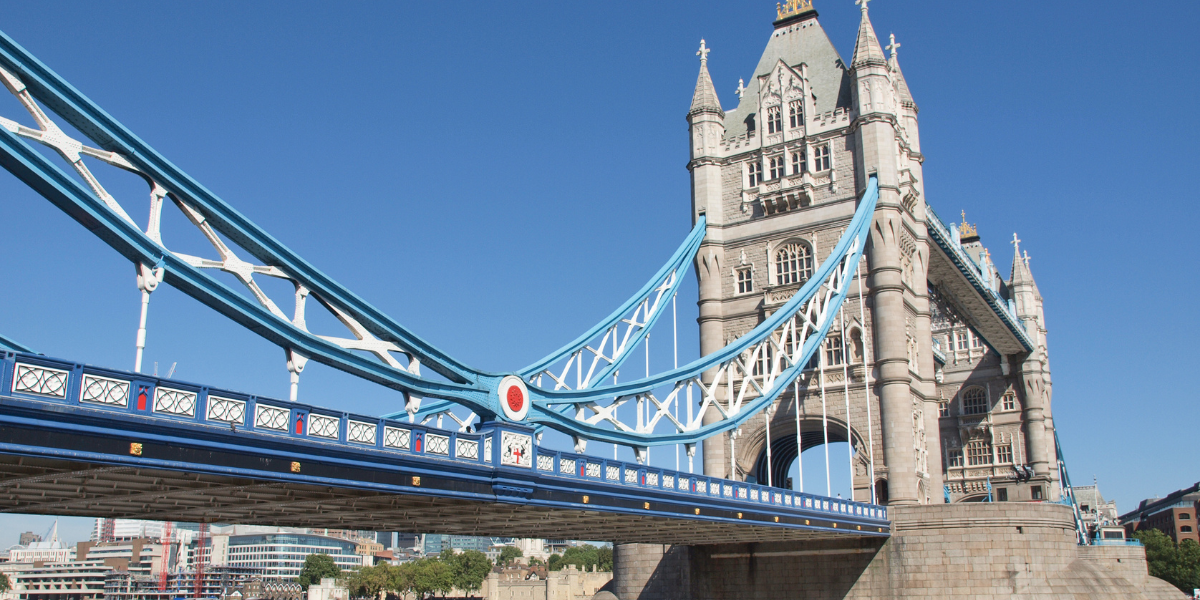Marathon History: Why the Royal Family wanted a 26.2 mile race

Have you ever wondered why marathons are 26.2 miles? Strange isn’t it, why not round it off to 26 miles? Well, we can thank British Royalty for that! In honour of the upcoming coronation why not take a look at the story behind the unusual marathon distance.
It all started in ancient Greece with an Athenian runner named Pheidippides, who was a messenger for the Athenian army. He could run for hours and hours and rumour has it he once covered 155 miles through the Greek countryside in only 36 hours! The part we are most interested in is his last job. Pheidippides had to run from the battlefield in a small town called Marathon to the citadel in Athens, a distance of about 40kms, or nearly 25 miles, to announce the Greeks victory over the invading Persian army. He completed his mission, gave the message and then died. Rumour has it that his last words were ‘my feet are killing me’.
To commemorate his impressive and dramatic run, the 1896 Olympic marathon in Athens was set at 40 kms. Marathons remained a distance of 40kms until the 1908 Olympic games in London. This is where we find the answer to our unusual race distance. Queen Alexandra, the ruling British monarch of the time asked that the race start on the lawn of Windsor Castle (so the smallest royals could watch from the window of their nursery) and finish in front of the royal box at the Olympic stadium—a distance that happened to be 26.2 miles (26 miles and 385 yards).
Some years later the length for a marathon was formally standardised at 26.2 miles (42.195kms) and of course we now have many marathons that take place around the world. From Boston Marathon, the oldest annual marathon to extreme marathons like our inaugural Antarctica Marathon; the world is open for many running adventure with Marathon Tours & Travel.